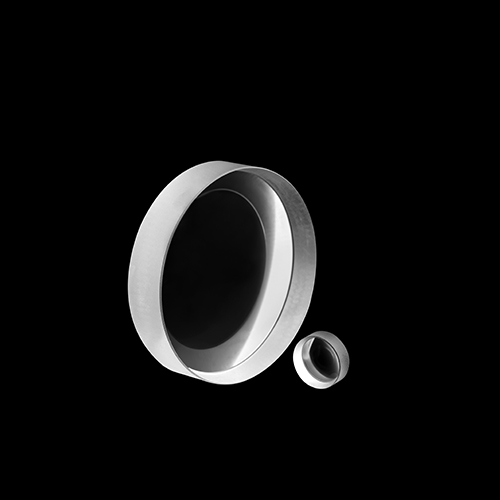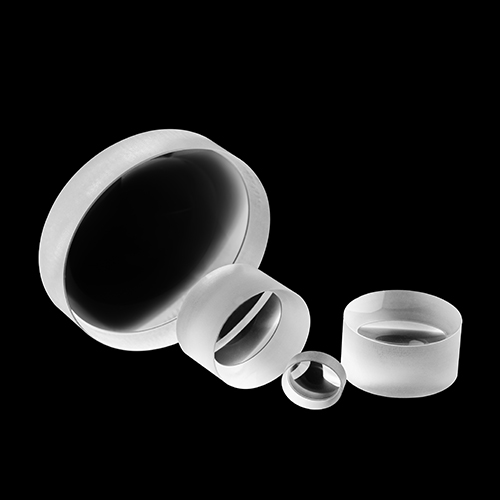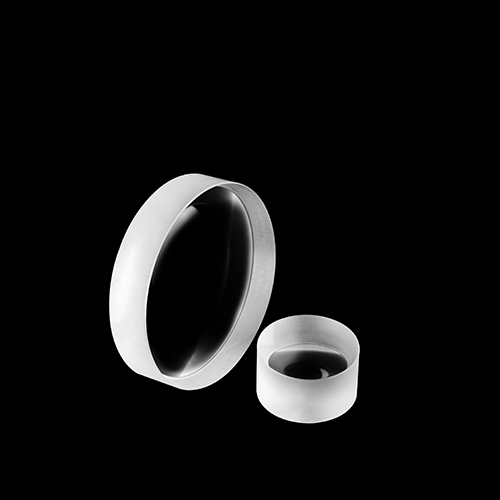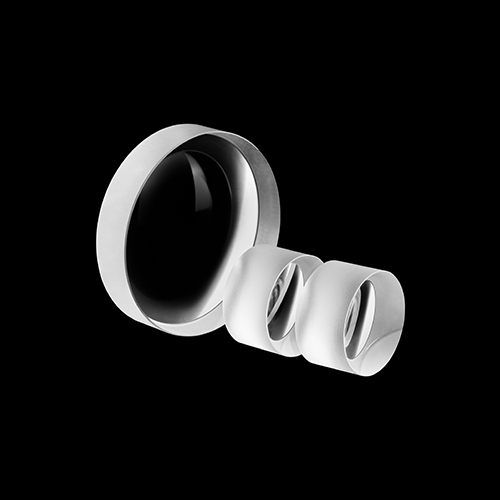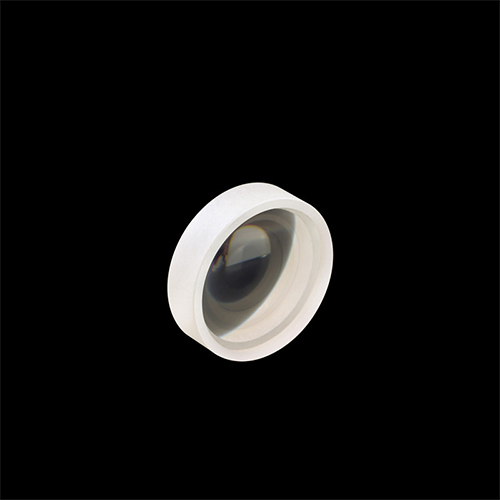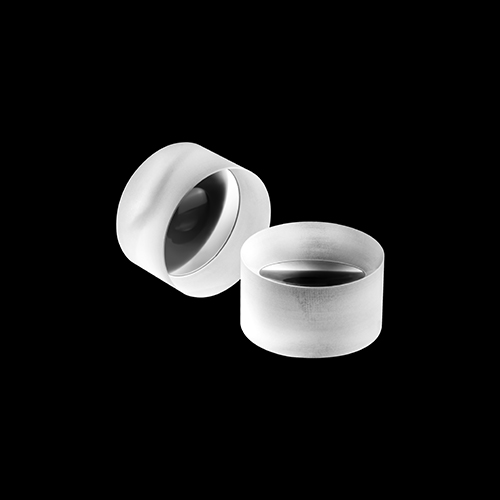A biconvex lens, also known as a diverging lens or negative lens, has two inward concave spherical surfaces. Due to its structural characteristics, the focal length of the biconvex lens is negative, which means that when parallel light passes through the biconvex lens, the light will diverge outward on both sides of the lens. Its materials include K9 glass, fused silica, zinc selenide, zinc sulfide, germanium, silicon, lithium fluoride, magnesium fluoride, calcium fluoride and barium fluoride. So what is the imaging principle of biconvex lenses?
The imaging principle of biconvex lenses is mainly based on the refraction and divergence characteristics of light. When an object is placed in front of a biconvex lens, the light emitted from the object first passes through the front surface of the lens, undergoes refraction, and diverges outward. Then, these divergent rays pass through the back surface of the lens, undergo refraction again, and continue to diverge. Due to the negative focal length characteristic of the biconvex lens, these divergent rays do not converge into a real image on the other side of the lens, but instead form an upright and reduced virtual image. This virtual image is located on the same side of the lens and is smaller and closer to the lens compared to the object. This is because biconvex lenses diverge the light from objects, making them appear closer visually. In optical systems, biconvex lenses are commonly used to correct myopia. The deformation of the lens in myopic patients leads to premature convergence of light in front of the retina. The divergent effect of a biconvex lens can counteract this convergence effect, allowing light to focus correctly on the retina, thereby improving vision. In general, the imaging principle of a biconvex lens is based on its negative focal length and diverging light characteristics, forming an upright and reduced virtual image through refraction and diverging light.
The above is an answer to the principle of dual concave lens imaging. We hope it is helpful to you. If you have any questions, please feel free to consult online or leave a message.

